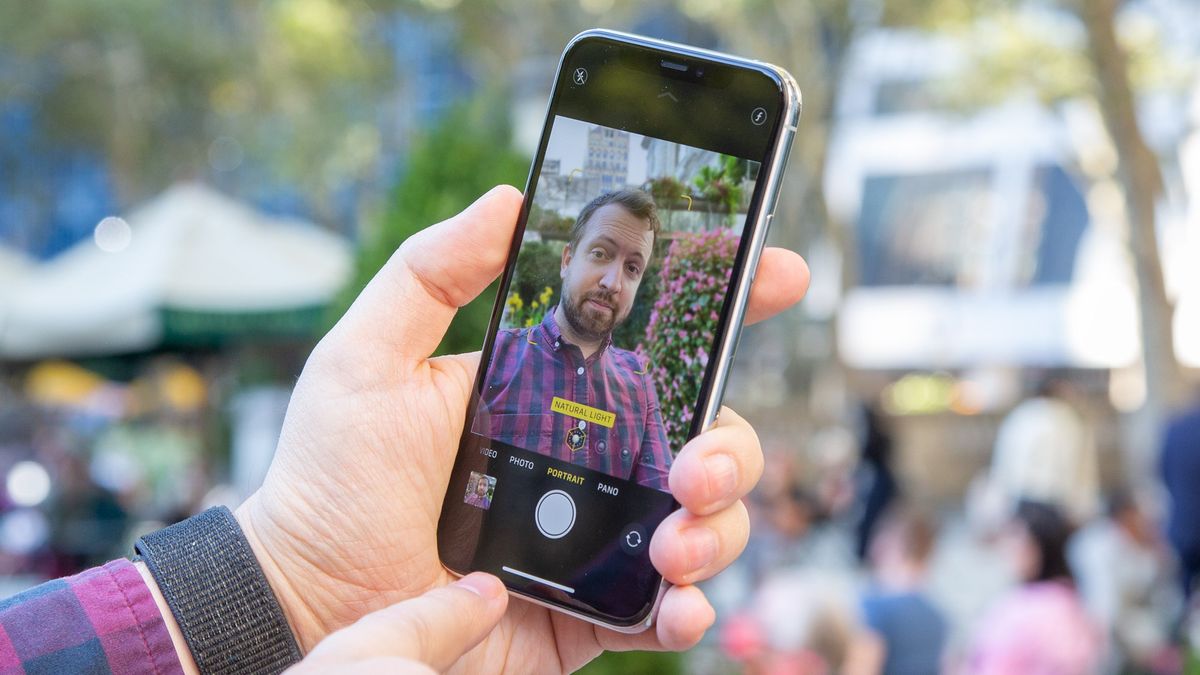
A new patent has revealed details on a front-facing time-of-flight (ToF) depth sensor appearing in an upcoming Apple phone – allegedly the iPhone 12 – that would enable in-air gestures.
Ultimately, the ToF sensor could replace the existing depth sensor system on flagship iPhones used to recognize faces, but could also pick up hand gestures, according to Patently Apple. The latter could be used for touchless navigation, like the in-air gesture features on the LG G8 (which pioneered the selfie ToF) and the Google Pixel 4, though neither implementation was too successful.
The hardware that the front-facing ToF sensor would replace has been around for years. Since the iPhone X, Apple’s flagship smartphones have used an array of sensors combined with a selfie lens – a setup the tech giant collectively calls the TruDepth Camera – to map a person’s appearance for facial recognition, specifically for Face ID.
Among the sensors are a dot projector that tracks the depth of over 30,000 invisible infrared dots projected onto a face, and an infrared camera that takes an image – the system combines those and processes them through neural networks to create a mathematical model of your face, per Pocket Lint.
According to the two Apple patents, the ToF sensor, like others of its type, would reportedly measure distance using pulsed optical beams and measure how long it would take for them to return to the sensor – hence, time of flight. ToF sensors aren’t new to phones – but until now, they’ve mainly been used on rear-facing cameras to calculate depth of photo subjects, not aid selfies.
ToF sensors: not new, but new to selfies
The Honor View 20 debuted in late 2018 with one of the first time of flight sensors on a smartphone, and flagships adopted them over the next year to augment their rear camera arrays.
But they’ve mostly been prestige additions to more premium phones: for instance, one of the perks of opting for the pricier Samsung Galaxy S20 Plus and the Samsung Galaxy S20 Ultra are the ToF cameras on each that are used to augment portrait modes and other depth features.
But most of those have been for rear photography – only the LG G8 used a ToF sensor for its front-facing operations, and came up with some innovative applications, like, well, tracking hand gestures for simple navigation and media controls. The feature never worked as well as we’d liked, but it distinguished the G8 from the competition.
While rumors have previously suggested the iPhone 12 will get ToF sensors, those were to accompany the rear cameras – this is the first we’re hearing of a front-facing ToF sensor, and all the perks that could accompany it. Perhaps Apple’s signature polish could make in-air gestures land in a more impactful way than prior attempts.
